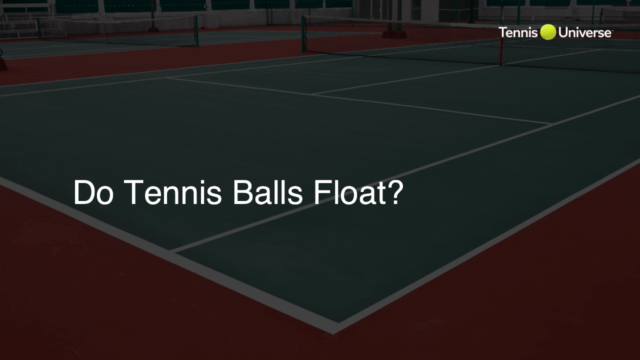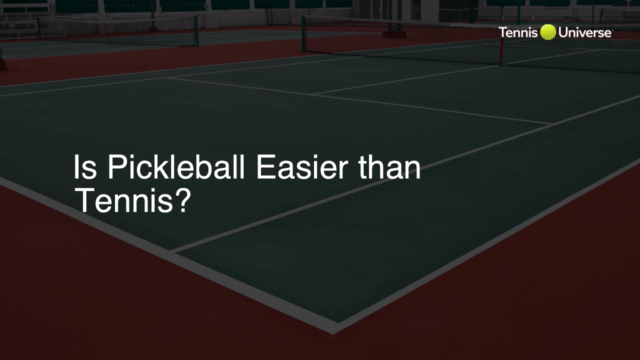To practice tennis at home, focus on improving your fitness, footwork, and technique by engaging in shadow swings, wall hits, and strength exercises. Set up a practice area in your driveway or backyard using a wall or a rebound net. Utilize online resources, such as video tutorials, to analytically study proper strokes, and work on your footwork with speed and agility drills. Lastly, practice mental strength and focus through visualization techniques and mindfulness exercises.
Setting Up Your Practice Area
Create a dedicated space in your driveway or backyard that allows you to practice tennis at home. If possible, use a wall or a rebound net to hit the ball against, allowing you to focus on improving your stroke technique and ball control. Ensure the area is safe and free from potential hazards or obstacles.
Fitness and Conditioning
Strength Exercises
Incorporate strength exercises, such as lunges, squats, and push-ups, to develop core strength and stability. These exercises can help enhance your performance on the court and prevent potential injuries caused by muscle imbalances.
Cardiovascular Training
Improve your endurance and aerobic capacity by engaging in regular cardiovascular training, such as running, cycling, or skipping rope. Building your cardiovascular fitness will help you maintain a high level of energy throughout your matches and support quicker recovery times.
Tennis Skills and Techniques
Shadow Swings
Practice your swing technique by simulating each stroke without hitting a ball. Hold your tennis racket and go through the motions of forehands, backhands, serves, and volleys. This type of practice enables you to concentrate on your form without the distraction of hitting a ball, helping to develop correct muscle memory patterns.
Wall Hitting Drills
Utilize a wall or rebound net to practice your ball control and consistency. Focus on maintaining a consistent hitting pattern by varying the pace, spin, and direction of your shots to mimic real match scenarios. Additionally, work on your footwork by moving laterally and forward during these drills to simulate on-court situations.
Footwork and Agility Drills
Developing efficient footwork is critical to achieving optimal performance in tennis. Set up cone or ladder drills to work on your lateral and forward movement, quickness, and coordination. Examples of such drills include side-to-side shuffles, figure eight runs, and high knee skips.
Improving Your Mental Game
Visualization Techniques
Enhance your mental strength and focus by using visualization techniques. Close your eyes and imagine yourself executing perfect strokes, winning points, and achieving your goals on the court. This mental practice can help boost your confidence and positively impact your performance during actual matches.
Mindfulness Exercises
Incorporate mindfulness exercises, such as deep breathing or meditation, to improve your concentration and mental clarity. Developing a calm and focused mindset will allow you to make better decisions and remain resilient during challenging situations on the court.
Equipment Selection and Care
Choosing the right equipment to practice tennis at home is essential for your success. Select an appropriately sized tennis racket for your grip size, skill level, and playing style. Make sure to maintain the tension of your tennis racket’s strings and replace them periodically to ensure optimal performance. Investing in high-quality equipment will enable you to practice effectively and improve your game more efficiently.
Tennis Tips from Online Resources
Take advantage of the numerous online resources available to help you improve your tennis skills at home. Watch instructional videos, read articles outlining tennis tips, and participate in online forums to learn from the experiences of other players and coaches. Analyzing professional matches can provide valuable insight into tactics, techniques, and strategies used by top-level players.
Incorporating Drills and Games
Make your tennis practice sessions more engaging and enjoyable by incorporating various drills and games. Set challenges and targets to track your progress over time, such as improving the number of consecutive wall hits or executing a specific number of serves within a target area. Keeping your practice sessions varied and goal-oriented will help maintain motivation and drive continuous improvement.
Seek Feedback and Support
Although practicing tennis at home offers numerous benefits, it can be challenging to identify areas of improvement without external input. Seek feedback from family members, friends, or online tennis communities who can watch your practice videos and provide constructive criticism. Additionally, consider scheduling periodic lessons with a tennis coach who can offer expert guidance tailored to your specific needs and goals.
FAQ Section
In this section, we address some common questions that may arise while practicing tennis at home. These answers aim to provide further clarity and guidance as you work to enhance your tennis skills and overall performance.
What is the proper size for my tennis racket?
The appropriate racket size depends on your age, skill level, and hand size. Take time to measure your grip size and consult with a tennis expert or online resources for specific racket recommendations. Ultimately, ensure you feel comfortable and in control of your chosen racket.
How often should I practice tennis at home?
The frequency of practice depends on your individual goals and availability. As a general guideline, aim to practice at least 3-4 times a week for optimal improvement. Remember, quality is more important than quantity; focus on deliberate practice techniques to maximize progress.
How can I practice my serve effectively at home?
Find an open, safe space with enough height clearance for serving. Use targets, such as cones or markers, to improve your accuracy and consistency. Focus on your service motion, including ball toss, foot positioning, and contact point to establish proper muscle memory.
Can I improve my tennis skills without a hitting partner?
Absolutely! While practicing with a partner has its benefits, solo training can be highly effective. Focus on fitness, footwork, technique, and mental training exercises, which do not require a partner, to improve your overall tennis performance.
How do I know if I’m making progress in my tennis game?
Set specific goals for your practice sessions and track your progress over time. Use video recordings to analyze your technique and compare your performance with previous sessions. Additionally, periodically assess your performance in matches or casual play to evaluate improvement in real-game situations.











